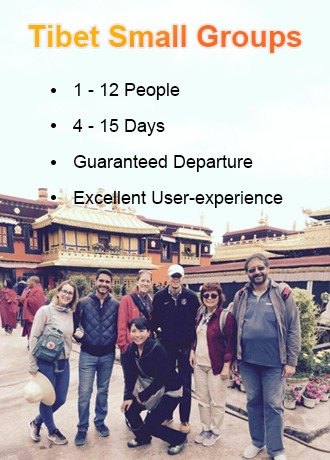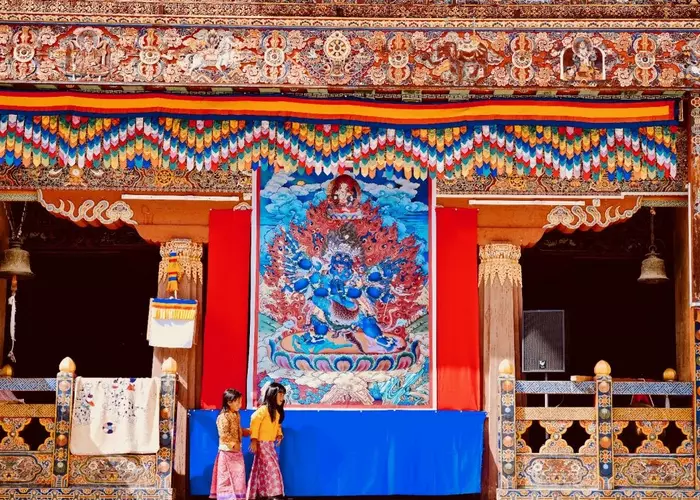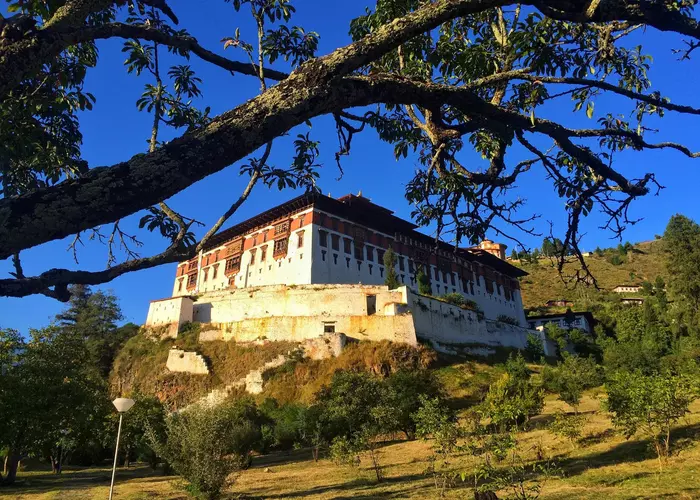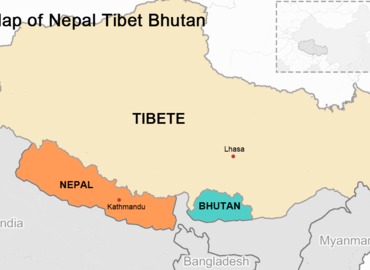Best Time to Visit Tibet, Nepal and Bhutan
- Eric
- Last Updated : 04/02/2024
Tibet, Nepal and Bhutan are three adjacent kingdoms at the north and south sides of the Himalayas. There are similar religious beliefs and customs in the three kingdoms, however, at the same time, there are huge differences in architectural features, geography and culture, etc. Traveling to Tibet, Nepal and Bhutan together, you can witness the lifestyle of people from different cultures and beliefs in a short time as well as the spark of collisions of different cultures.
The best time to visit Tibet, Nepal, and Bhutan is from April to May and September to October each year when it's the local spring and autumn. From April and May, the spring season in Tibet, Nepal and Bhutan, is the best time for sightseeing. During this period, the weather is warm without much rain, and the temperature is moderate. From September to October, the autumn of three places is the best time for outdoor activities, such as trekking, doing kora, photographing, etc.
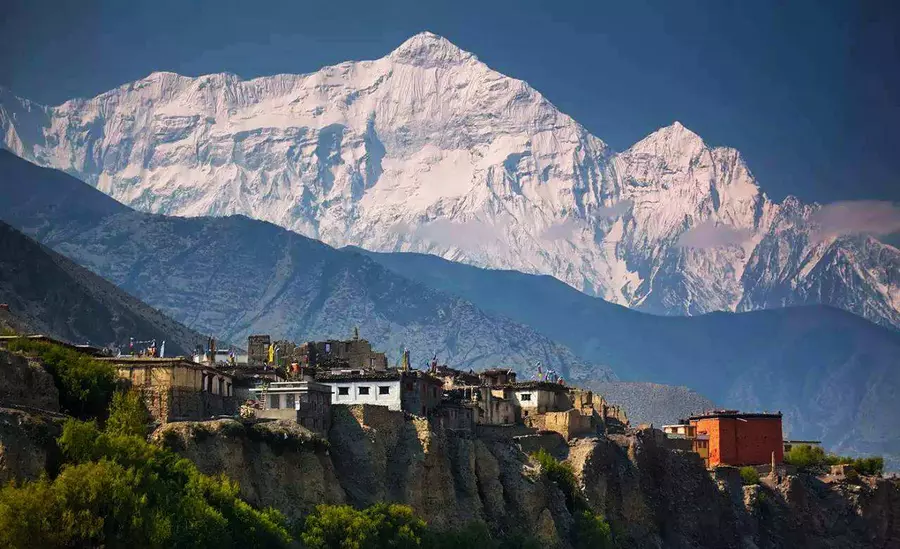
Best Time to Travel to Tibet
Tibet is a vast region with obvious climatic differences among different regions. Throughout the year, Tibet presents unique landscapes, always able to fulfill your expectations of Tibet. Whether you want to enjoy the fresh green of spring, the warm sunshine of summer, or the harvest of autumn and the snowy scenes of winter, Tibet will offer you an unforgettable travel experience.
For general sightseeing in Tibet, the best time to visit Tibet is Summer and Autumn(May to October), during which you will have a higher travel experience due to the moderate temperature. Summer is also the peak season for tourism in Tibet due to sufficient oxygen content as well as moist weather.
The main unfavorable factor for traveling from May to September is the relatively concentrated rainfall, generally accounting for about 90% of the annual rainfall, especially in July and August. And it's the period when the flow of people is the largest every year, and it is also the time when travel expenses are the highest.
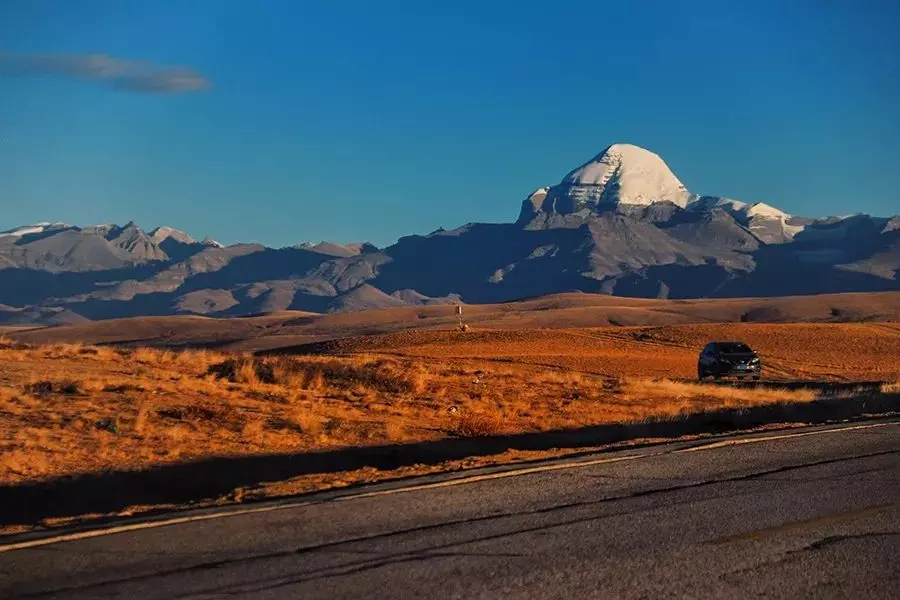
Spring(March and April) is a good season for exploring wild plants such as peach blossoms and rhododendrons in southeastern Tibet. It is a highlight of travel during this period. However, during this period, you should pay attention to the changes in the weather. Generally, it gets windy starting in the afternoon. When choosing flights to enter or leave Tibet, it is advisable to avoid evening flights, as there is often a risk of flights being unable to land or take off.
Winter(November to March of the following year) is also a good time to travel to Tibet. It's not too cold in Lhasa and Shigatse during winter, and you can avoid the crowds, enjoy more affordable prices, and feel more authentic Tibet. But it's also the dry season, especially from February to April.
The main unfavorable factors for traveling during this period are low oxygen levels, surrounding roads may be blocked due to snowfall, and scenic spots may be inaccessible. But in terms of scenery, winter is the best season to visit Tibet to see the mountains. You can see the most spectacular and some peaks that are not often seen because the visibility is the highest at this time. Additionally, this period coincides with Tibetan traditional festivals, such as Losar (Tibetan New Year), making it a good time for cultural tourism.
Best Time to Travel to Nepal
Nepal is a country that is warm like spring all year round. You can avoid the summer heat and the winter cold there. Therefore, there is no obvious distinction between low and peak tourist seasons. You will have different feelings in each season. Nepal has a typical monsoon climate, with two seasons a year. The dry season is from October to May of the following year, and the rainy season (monsoon season) is from June to September. Autumn (September to November) and spring (March to May) have pleasant weather and are the best time to visit Nepal.
The early dry season (October to November) is the best time to visit Nepal as the monsoon has just passed, the countryside is still lush and green, the air is fresh, and the Himalayas are clearly visible. Moreover, the temperatures are also mild, neither too hot nor too cold. There are also several important and colorful festivals during this period.
At the end of the dry season, from February to April, it is the second best time to travel. As the weather warms up, hiking at high latitudes is no longer so difficult. Although the visibility at this time is not as high as in the early dry season, the colorful Nepalese rhododendrons and other flowers are in full bloom, creating a breathtaking sight.
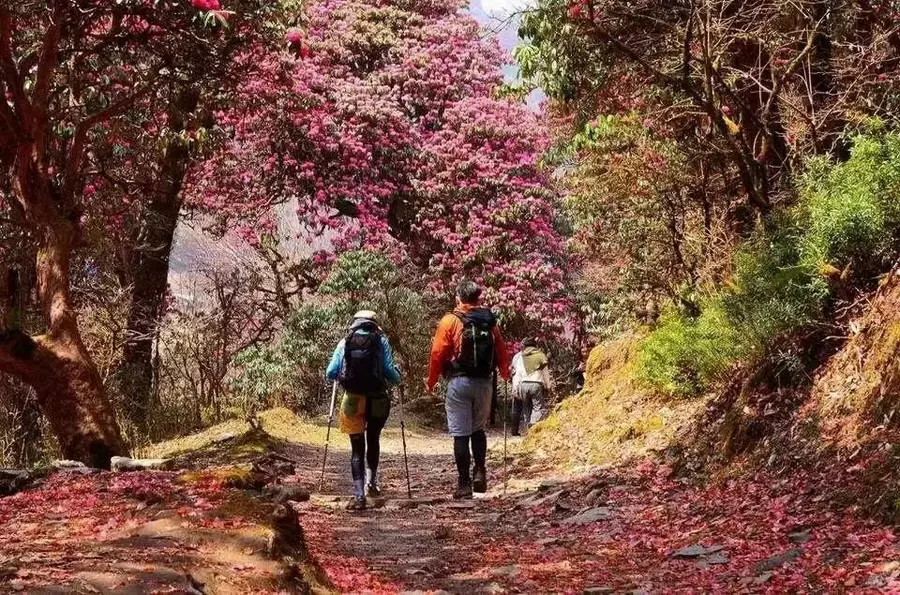
Due to the heat and dryness, May and early June are not the best time to travel, when the temperature is often higher than 30 degrees Celsius, confronting the upcoming monsoon season.
From mid-June to September, the monsoon arrives, which is the period with the least number of tourists in Nepal. Although it will not rain for a whole day, it will rain every day, making mountain and road trails muddy and infested with leeches. The Himalayas veils behind the rain curtain. Most rivers are rising, making them unsuitable for rafting. What’s more, mudslides often obstruct traffic.
At the end of the monsoon (August and September), there are many festivals in Nepal so more tourists are traveling to Kathmandu. Also, it is the best time to visit nearby Tibet.
In December and January, the weather is pleasant with high visibility, but it can be very cold at high altitudes. It’s a real test of endurance to go to Everest Base Camp at this time. Due to the lower latitude, compared to Kathmandu, Pokhara is warmer and more comfortable in winter. It is hotter before the monsoon season and more humid during the rainy season. In addition, the Annapurna Circuit at this time is usually closed due to snow in Thorong La. The cheapest inn in Kathmandu has no heating, and it is freezing cold in the morning and evening. October to February is the best time to visit Terai and Chitwan National Park.
Best Time to Travel to Bhutan
Bhutan lies on the southern slope of the eastern Himalayas resulting in high north and low south. Bhutan's climate is characterized as subtropical, and most of the country is rainy, with relatively humid air. There are distinct four seasons throughout the year. Due to its complex terrain, travelers can see different types of natural landscapes during the same season.
Spring(March to May) in Bhutan is the most suitable for going on a spring outing. At this time, mountains and plains are green, and various kinds of flowers and plants are in full bloom. Moreover, it is also the best time for trekking in Bhutan, hiking leisurely and enjoying the scenery. From September to November, Bhutan presents a different scenery in autumn. The weather is pleasant, with comfortable temperatures and less rainfall. Thus, the best time to visit Bhutan is spring and autumn.
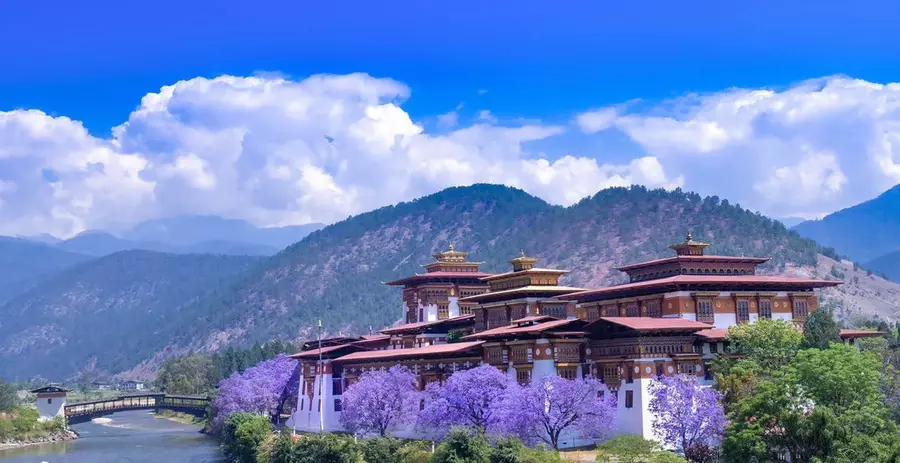
There is slightly more rainfall in summer than in winter. The average annual temperature in Bhutan is around 12 degrees Celsius, which is very comfortable. July is the hottest month of the year, with an average temperature of only about 18 degrees Celsius, with more rainfall, so it is not recommended to visit Bhutan during summer. January is the coldest month of the year, with an average temperature of about 4 degrees Celsius.
Bhutan is more humid than Tibet and Nepal, so the trekking season is relatively shorter. Since it is more difficult to trek in the snowy and rainy seasons, the best trekking season in Bhutan is from March to April and from October to November. However, if you want to appreciate the grandeur of blooming flowers in the mountains, you need to go during the rainy season (July to August). Therefore, spring and autumn are the best trekking time in Bhutan and the temperature is between 10 and 20 degrees.
Best time for Trekking in Tibet, Nepal and Bhutan
The best time to trek in the Himalayas is from March to May and from September to November. Hereinto, autumn is better than spring because the plants are lush after the rainy season, which allows you to better enjoy the beauty of the Himalayas. Furthermore, autumn is also a good time to appreciate the fallen leaves, the color of which is ever-changing and adds more fun to trekking. The temperature is also slightly warmer than early spring, and the period of pleasant weather lasts longer into late autumn.
Visit Nepal Tibet and Bhutan during Festivals
You can participate in holidays and festivals in Nepal, Tibet, and Bhutan throughout the year. When traveling to a foreign country, in addition to enjoying the scenery and experiencing the local customs, it makes sense to participate in local traditional festivals. The traditional festival is the most concentrated view and experience of local culture and art. Whether the dressing of the local people or tasting their festive meals can quickly make foreign tourists integrate into the locals.
Most traditional Tibetan festivals are related to Tibetan Buddhism and the celebration activities also focus on the lives of local Tibetans. Whether it is outdoor activities such as kora and turning prayer wheels or viewing activities such as horse racing, unfolding a Tangkha of Buddha, Tibetan opera, etc., visitors can fully participate in the festival celebrations and have a deep understanding of Tibetan culture and life. Tibetan traditional festivals are scattered all year round, mainly in spring and summer.
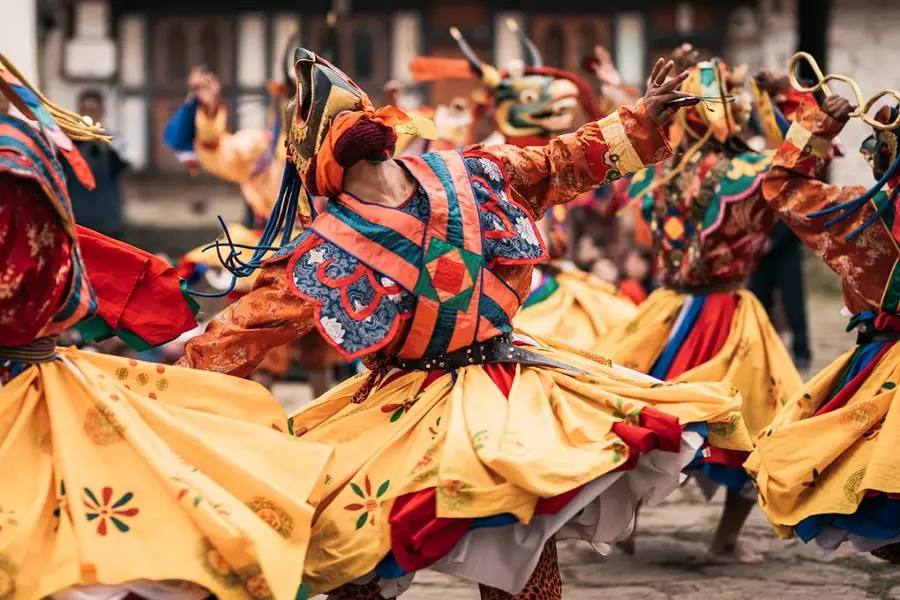
There are many festivals in Nepal, up to more than 300, most of which are related to Hinduism. Festivals with grand celebrations and high tourist participation are mostly concentrated in the spring (March to April) and autumn (September to October). If tourists want to experience traditional Nepalese festivals, you can visit Nepal in spring and autumn.
Bhutan has a sparse population with a population of only more than 700,000. But during the festival, Bhutanese are all dressed up to celebrate the festivals. Bhutan has many festivals throughout the year, which can be divided into three categories: traditional festivals, non-religious festivals and religious festivals. The most famous festivals are Tshechu Festival, Losar, National Day, etc. In addition, there are various religious festivals in Bhutan. It can be said that at any time of the year, there is always a place in Bhutan celebrating festivals.
Email response within 0.5~24 hours.


